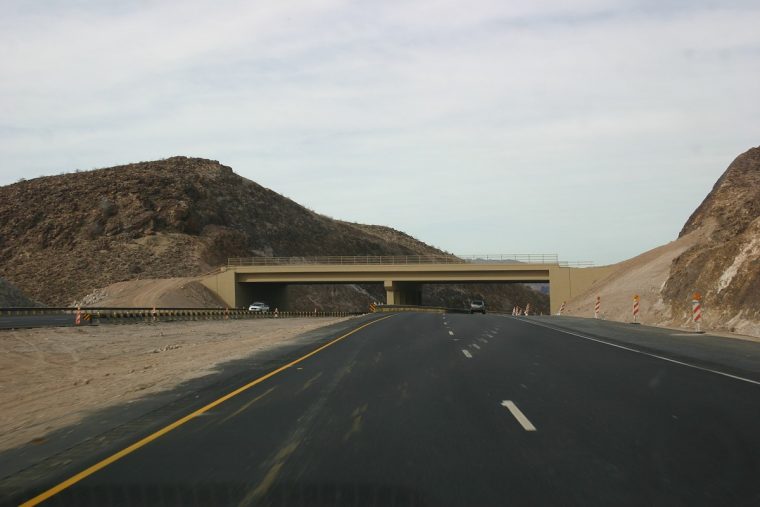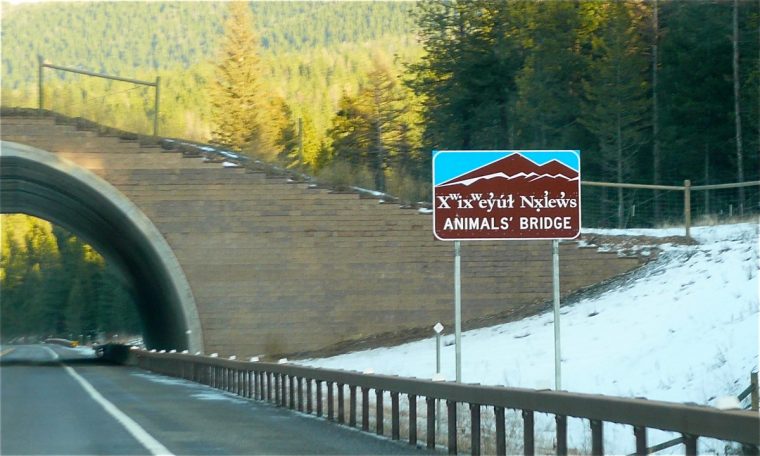Everything You Need to Know About Animal Bridges
The U.S. is one of several countries that have built animal bridges, where wildlife can safely get from one side of the street to the other. Since these animal crossings are still relatively new to the U.S., check out this brief guide all about them.
Keeping the Whole Family Safe: IIHS names the Chevy Equinox a reliable option for teens
Why are animal bridges necessary?
Animals may cross the street for a number of reasons, including to reach important resources that they need to survive. Unfortunately, when they cross, they put themselves and drivers in danger, potentially causing a car accident. An animal bridge is an effective solution to this problem. It gives wildlife a way to access more resources without having to traverse busy highways.
Where are they located?
European countries began adding these overpasses in the 1950s. Currently, there are about 70 of them in just the Netherlands alone. The U.S. and Canada have focused on constructing animal bridges primarily during the last 30 years, and many other countries around the world have now added them as well.

Photo: Cygnusloop99 via CC
How do they work?
Engineers designed the overpasses to look as natural as possible so that animals will feel safe to cross them. To encourage wildlife to move away from the pavement and toward the overpasses, fences run alongside the stretches of road that are closest to the overpasses. Some locations even have tunnels for smaller animals and aquatic corridors for fish.
Are they effective?
Many of these man-made animal crossings have helped keep people and wildlife safer around roads. According to Kara Polansky of the Denver Zoo and the Colorado Corridors Project, “In some places, we’ve seen up to a 90 percent reduction in vehicle-animal collisions where these have been built, so they tend to be really successful.”
Stay Aware of Road Hazards: The best driver assistance features
By continuing to add more animal bridges, the U.S. can make driving through heavily wooded areas and other popular wildlife areas a less dangerous and stressful experience.
Amanda Drago lives in West Chester, Ohio with her wonderful family, which includes her adorable dog, Coco. Amanda recently graduated from Miami University with degrees in both marketing and creative writing. However, if she was ever forced to change career paths, she imagines that she would train dogs for movies. In her spare time, she enjoys reading, writing, and watching Netflix. She also has a special place in her heart for theatre and purchases tickets to as many shows as she can. See more articles by Amanda.


